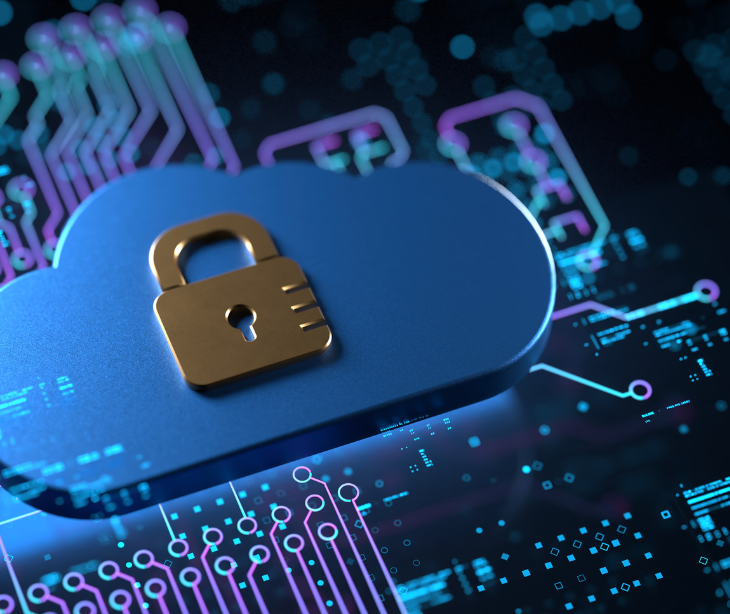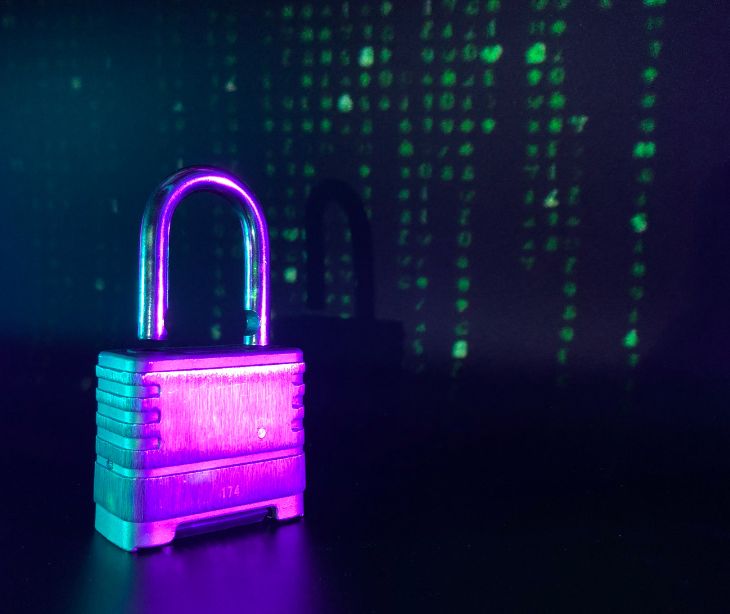
PGP, short for pretty good privacy, is a cryptographic software program that provides strong encryption and authentication for secure communication and data protection. It was originally developed as a tool to protect the privacy of electronic communications. PGP uses a combination of symmetric-key and public-key cryptographic algorithms to ensure the confidentiality, integrity, and authenticity of messages and files.
Understanding PGP
According to Fortinet, “Email is a prime attack method for cyber criminals who can easily forge messages using a victim’s name or identity. PGP aims to solve this and enhance email security by encrypting the data to make the communication method more private.”
At its core, PGP utilizes a combination of symmetric-key and public-key cryptography. When sending a message, PGP encrypts it using a randomly generated symmetric encryption key. This key is then encrypted with the recipient's public key, ensuring that only they can decrypt the message with their corresponding private key. Additionally, PGP allows users to digitally sign their messages using their private key, providing authenticity and integrity verification.
Read more:
Key concepts in PGP
Public key cryptography
Unlike symmetric encryption, where the same key is used for both encryption and decryption, public key cryptography uses a pair of mathematically related keys: a public key and a private key. The public key is shared openly with others, while the private key is kept secret. Messages encrypted with the recipient's public key can only be decrypted with their private key, providing a secure means of communication.
Digital signatures
A digital signature is a cryptographic mechanism that provides proof of the authenticity and integrity of a message or document. It is created by applying a mathematical algorithm to the message or document using the sender's private key. The recipient can then verify the signature using the sender's public key, ensuring that the message has not been tampered with and originated from the claimed sender.
Read more: What’s the difference between electronic and digital signatures in healthcare?
PGP in email communication
Integrating PGP with email clients
PGP can be seamlessly integrated into popular email clients, such as Microsoft Outlook and Mozilla Thunderbird, using plugins or extensions. These plugins enable users to encrypt and decrypt emails, as well as sign and verify digital signatures, directly within their email client.
Sending and receiving encrypted emails
Once PGP is integrated into an email client, sending and receiving encrypted emails becomes straightforward. To send an encrypted email, you encrypt the message using the recipient's public key before sending it. When receiving an encrypted email, your email client automatically decrypts it using your private key, allowing you to read the message.
See also: HIPAA Compliant Email: The Definitive Guide
Securing files with PGP
PGP can also encrypt individual files or directories, providing an additional layer of security. Encrypting files with PGP ensures that only authorized individuals with the corresponding private key can decrypt and access the files.
Related: What types of encryption methods encrypt email attachments?
PGP in messaging apps
PGP can be integrated into instant messaging applications, such as Signal and Telegram, to provide end-to-end encryption for text-based conversations. Encrypting messages using PGP keeps the content secure and confidential, even if intercepted by unauthorized parties.
PGP in voice-over-IP (VoIP) calls
In addition to text-based communication, PGP can also be applied to secure voice calls made over the internet. By encrypting the voice data using PGP, users can ensure that their conversations remain private and protected from eavesdropping.
FAQs
How secure is PGP encryption?
PGP encryption is unbreakable and is widely used for protecting sensitive information. It offers cryptographic privacy and authentication for online communication through a mix of data compression, hashing, and public-key cryptography.
What are the disadvantages of PGP encryption?
PGP encryption is slower than other types of encryption such as AES, and compatibility issues may arise due to different software implementations. Despite these drawbacks, PGP offers stronger encryption than AES by using both symmetric and asymmetric keys to encrypt data.
Is PGP better than AES?
PGP offers stronger encryption than AES by using both symmetric and asymmetric keys. However, due to its computational requirements, it may be slower and less suitable for applications where speed and performance are important.
Subscribe to Paubox Weekly
Every Friday we'll bring you the most important news from Paubox. Our aim is to make you smarter, faster.



